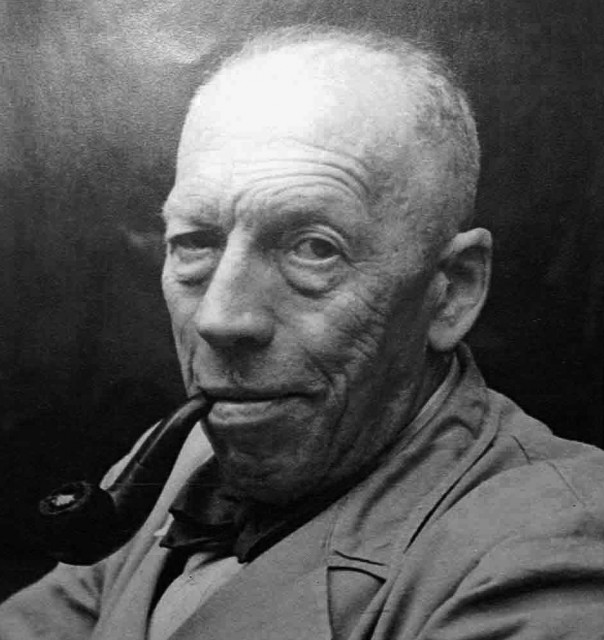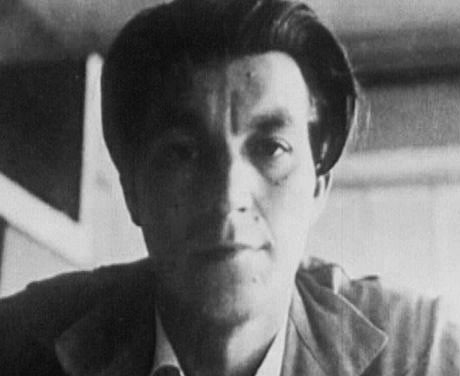Modernism versus traditionalism
(autocorrect)
 This lecture deals with the origin and development of modernism in Belgium, from the eve of the First World War to the end of the last century.
This lecture deals with the origin and development of modernism in Belgium, from the eve of the First World War to the end of the last century.
More than elsewhere experienced modernism in Belgium a strong opposition from the conservative forces. While in the Netherlands and Germany both expressionism and New Objectivity soon grew into style movements that were iconic for the new urban expansion, Modernism in Belgium during the interwar period was only a marginal existence be assured.
 Casino Oostende
Casino Oostende
Speaker assesses the social causes of this state of affairs, and traces the development of protagonists as Pompe Eggericx, Hoste, Lacoste, Bourgeois, De Koninck, Stynen (Eysselinck), Felix Callebout and others.
 Huis De Beir Knokke
He highlighted the visual quality of their projects and put them into their ideological and urban context.
Huis De Beir Knokke
He highlighted the visual quality of their projects and put them into their ideological and urban context.
Especially on the coast modernism had to prevail against a stubborn traditionalism.
 Duinbergen 1910
However, the demarcation between the two schools was far from absolute. Modernism contained numerous elements and classic traditionalism conserved values which were later rediscovered by the moderns. What was initially progressive, over time, could emerge as a conservative. In certain personalities the two flows come simultaneously, in others they flow into each other.
Duinbergen 1910
However, the demarcation between the two schools was far from absolute. Modernism contained numerous elements and classic traditionalism conserved values which were later rediscovered by the moderns. What was initially progressive, over time, could emerge as a conservative. In certain personalities the two flows come simultaneously, in others they flow into each other.











